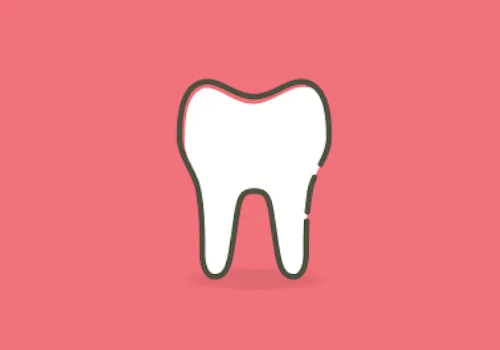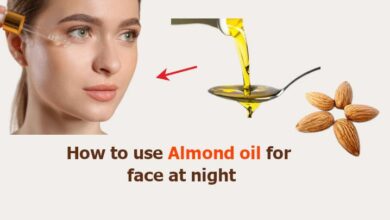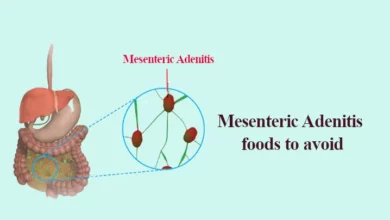I Have Really Bad Teeth What are my Options

Having bad teeth can significantly impact your quality of life, affecting your physical health, self-esteem, and confidence.
However, it’s important to remember that you’re not alone. Several treatment options are available to help restore your oral health, and this article will explore these options in detail.
In This Article
I have really bad teeth what are my options
Before we go into the answers, it’s important to understand the problem. ‘Bad teeth’ is a broad term that can refer to several dental issues, including tooth decay, gum disease, tooth loss, and misalignment.
Each of these issues requires a unique approach, so visiting a dental professional to obtain an accurate diagnosis is essential.
Common Dental Problems and Their Causes
Tooth decay and gum disease are often the result of poor oral hygiene. Consuming many sugary foods and drinks, not brushing or flossing regularly, and not visiting the dentist for regular check-ups can all contribute to these problems.
Tooth loss can result from decay or injury, while misalignment is usually a genetic issue that becomes apparent during childhood.
Bad Teeth What are my Options for Treatment

1. Dental Fillings
Dental fillings are a common treatment for teeth damaged by cavities or decay. The process involves removing the decayed tooth material, cleaning the affected area, and filling the cleaned-out cavity with a filling material.
This filling material can be made from various substances, including gold, porcelain, composite resin (tooth-colored fillings), and amalgam (an alloy of mercury, silver, copper, tin, and sometimes zinc).
Dental fillings help to restore the function and integrity of missing tooth structures resulting from caries or external trauma.
2. Root Canal Treatment
Root canal treatment is a dental procedure designed to remove inflamed or infected pulp from the inside of a tooth. The process involves carefully cleaning and disinfecting the affected area and filling and sealing the tooth.
This treatment is intended to eliminate bacteria from the infected root canal, prevent reinfection of the tooth, and ultimately save the natural tooth.
It is typically performed by endodontists, who are specialists in such treatment. The procedure is often necessary when the pulp, the soft tissue inside the root canal, becomes inflamed or infected due to various causes such as deep decay, repeated dental procedures on the tooth, or a crack or chip in the tooth.
3. Dental Crowns
Dental crowns are tooth-shaped caps that restore decayed, broken, weak, or worn-down teeth. They fit over the entire tooth and are also used to cover dental implants and root canal-treated teeth.
The primary purpose of a dental crown is to protect and restore the tooth to its natural appearance and function. Crowns can be made from various materials, including metal, resin, and porcelain, and they typically last between five and fifteen years with proper care.
4. Dental Implants
Dental implants are medical devices surgically implanted into the jaw to restore a person’s ability to chew or their appearance.
They support artificial teeth, such as crowns, bridges, or dentures. When a tooth is lost due to injury or disease, a person can experience complications such as rapid bone loss, defective speech, or changes to chewing patterns that result in discomfort.
Replacing a lost tooth with a dental implant can significantly improve the patient’s quality of life and health. The dental implant body is surgically inserted in the jawbone instead of the tooth’s root.
The dental implant abutment is usually attached to the implant body by the abutment fixation screw and extends through gums into the mouth to support the attached artificial teeth.
5. Dentures
Dentures are removable appliances that can replace missing teeth and help restore your smile. There are two main types of dentures: complete and partial dentures.
Complete dentures are used when all the teeth are missing, while partial dentures are used when some natural teeth remain.
6. Orthodontic Treatment
Orthodontic treatment involves using dental braces, aligners, retainers, and other corrective appliances to straighten and align teeth, correct bite issues, and enhance teeth and jaws’ overall appearance and function.
This treatment is commonly used to address crowded or crooked teeth, overbites, underbites, crossbites, and incorrect jaw positions.
Orthodontic treatment aims to improve oral health by making teeth easier to clean, reducing the risk of tooth decay and gum disease, and preventing excessive wear and trauma to teeth and supporting structures.
7. Preventive Measures
While many treatment options are available, prevention is always better than cure. Good oral hygiene practices, including brushing teeth at least twice daily, flossing daily, and using a mouth rinse, can help prevent gum disease and maintain oral health.
Proper home care for teeth and gums, such as brushing for two to three minutes at least twice daily with fluoridated toothpaste and flossing daily, is essential for preventing gum disease.
Conclusion
Having bad teeth can be a distressing experience, but many options are available to help restore your oral health. By understanding the problem and exploring these options, you can take the first step towards a healthier, happier smile.





